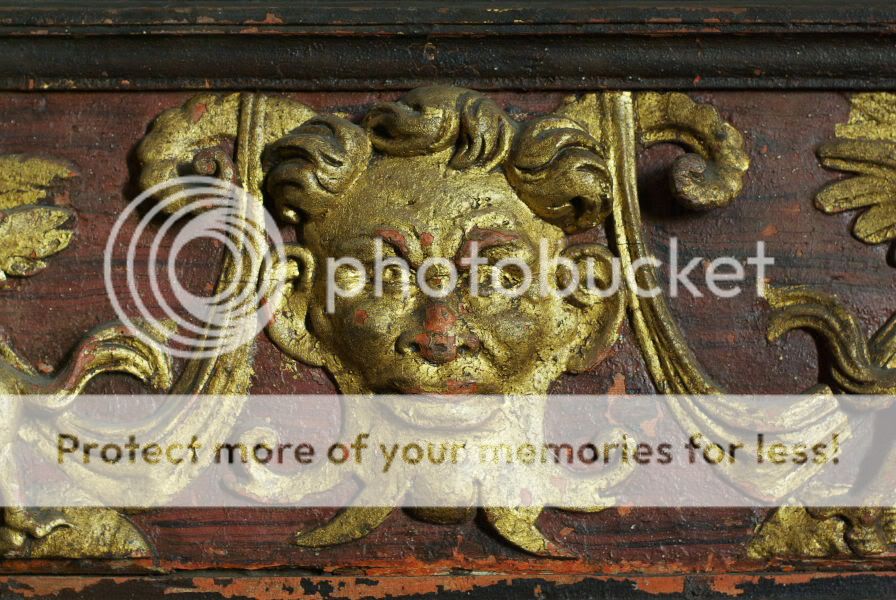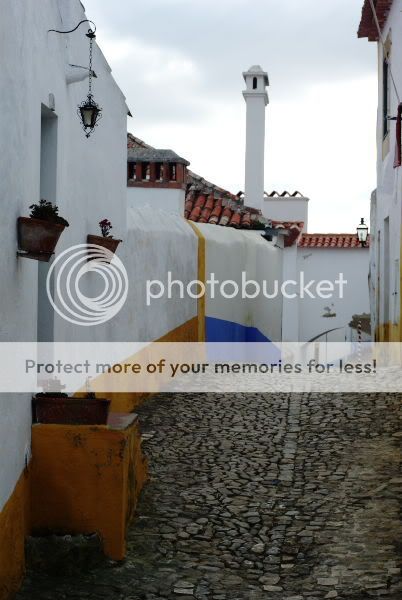Thursday, January 29, 2009
Angel and Demon
A screaming angel, an upset demon.
XVIII century wood figures, covered with gold leaf, in a church near Braga.
Monday, January 26, 2009
Surfing
 Pentax K10D + Zeiss Planar 50/1.4
Pentax K10D + Zeiss Planar 50/1.4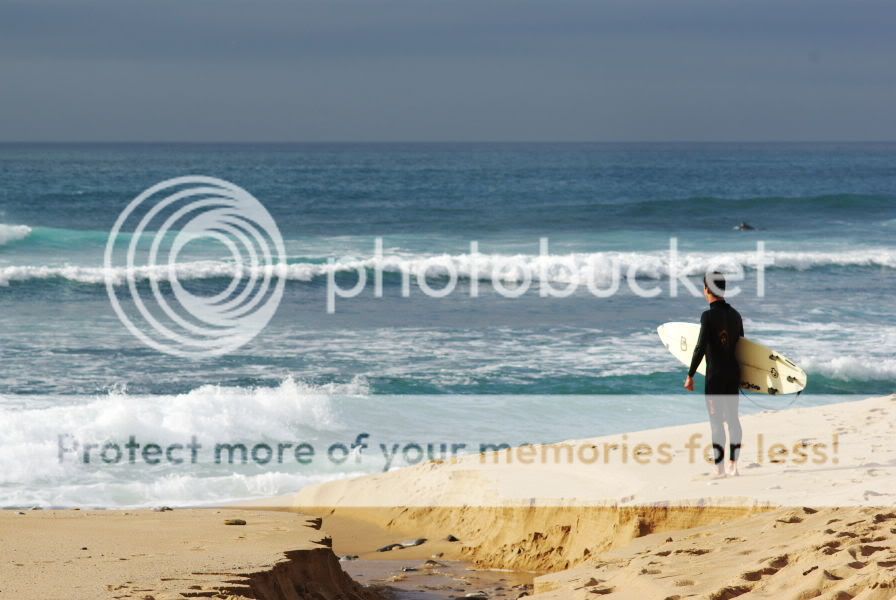 Pentax K10D + Zeiss Sonnar 135/2.8
Pentax K10D + Zeiss Sonnar 135/2.8They say the beaches around Ericeira, about 40 km North of Lisbon, are some of the best in Europe for surfing. All throughout the year, one can find the "surf crowd" around the area, creating a relaxed and vacation-like atmosphere. I often ask myself what these people do for a living... Surfing, I suppose.
These photos were taken late December 2008. The weather was grisly and cold pretty much all around except for this beach, where a little sunshine turned it into an oasis of warmth.
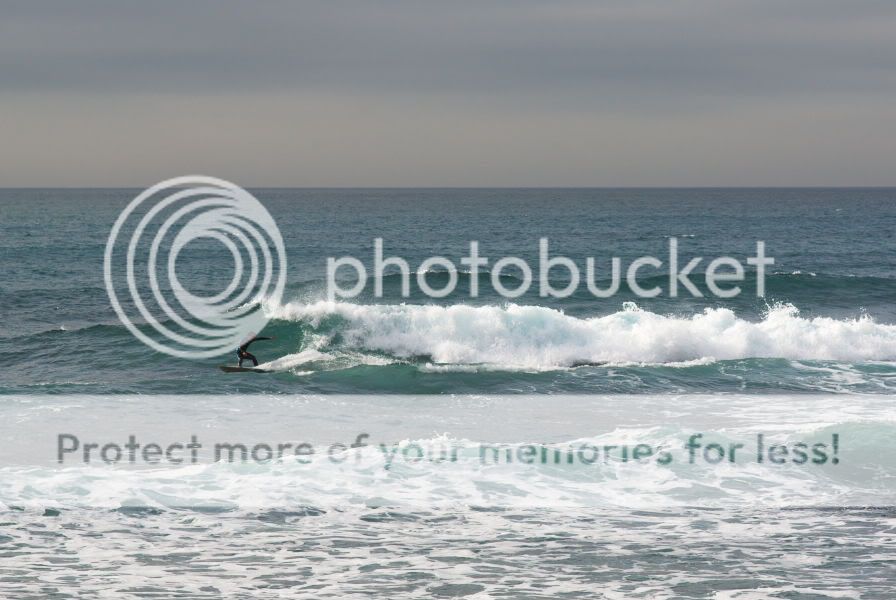
Pentax K10D + Zeiss Sonnar 135/2.8
Thursday, January 22, 2009
Companions for life
Let's see: an overcast day in January, a flat landscape, a couple isolated trees, a few photos taken, some tone curve adjustments to improve detail in the clouds while preserving contrast with the foreground, b&w conversion with some lightness adjustments (greens and browns) to give some texture to the ground... and I'm happy with the result.
Monday, January 19, 2009
Night-time snapping
Bruce Robbins, an UK based photographer and a Pentax and Nikon user, is the author of a few excellent photography-related blogs. His "Pentax Photography" blog has actually been an inspiration for this one. But what I want to mention is his work with low-light, using a Nikon D700 - a camera with a full frame sensor. Bruce has a special interest on night-time photography and has been showing some of the results on his "D700 Snapper" blog. He sometimes goes to the limit of really low available light, hand holding the camera at ISO 6400, apertures around f2 and not too low shutter speeds. The outcomes of his night strolls are quite interesting. Click here to see one of my favorites.
The kind of performance that some DSLRs deliver nowadays, preserving resolution and keeping noise controlled at very high ISO, is actually generating new approaches to photography.
Knowing the K10D's limitations at high ISO, I haven't been much motivated to try night-time street photography. The closest I have done was taking a few shots recently at a Christmas fair. Nothing too audacious, just a "miserable" ISO 400, since the lamps on each stand were reasonably intense. I didn't correct the yellowish tungsten tint as I feel it gives a pleasant warmth to the images.

 Pentax K10D + Zeiss Planar 50/1.4
Pentax K10D + Zeiss Planar 50/1.4
The kind of performance that some DSLRs deliver nowadays, preserving resolution and keeping noise controlled at very high ISO, is actually generating new approaches to photography.
Knowing the K10D's limitations at high ISO, I haven't been much motivated to try night-time street photography. The closest I have done was taking a few shots recently at a Christmas fair. Nothing too audacious, just a "miserable" ISO 400, since the lamps on each stand were reasonably intense. I didn't correct the yellowish tungsten tint as I feel it gives a pleasant warmth to the images.

 Pentax K10D + Zeiss Planar 50/1.4
Pentax K10D + Zeiss Planar 50/1.4The fact is that I'm now curious about trying the K10D in more demanding low-light conditions. Clearly, that's not the camera's area of excellence, but I wonder what I can do. The results should not be as impressive as Bruce's work, but hey, his camera costs almost 3 times more than mine did! (that and him being a better photographer than me...)
Thursday, January 15, 2009
Óbidos
The small fortified town of Óbidos, in Central Portugal,was founded in the first century by the Romans and became a resting place for Portuguese monarchs along the ages. In the XIV century, king D. Dinis offered it to the queen as a wedding gift and since then, until the XIX century, the town was included in the dowry of all queens. This probably explains why Óbidos has been so well preserved and taken care of until today...
The main street leads from the main town entrance to the castle. It is usually full of tourists, busying themselves in souvenir shops that sell "ginginha", a traditional liqueur obtained from a bitter cherry, served in little edible chocolate cups (the ultimate in environmental friendliness).
The side streets, on the other hand, are uncrowded and quiet, oblivious to the main street action. Ordinary people live in these houses, not medieval reenactment characters. I often wonder how it feels like to live in such a place.
The main street leads from the main town entrance to the castle. It is usually full of tourists, busying themselves in souvenir shops that sell "ginginha", a traditional liqueur obtained from a bitter cherry, served in little edible chocolate cups (the ultimate in environmental friendliness).
The side streets, on the other hand, are uncrowded and quiet, oblivious to the main street action. Ordinary people live in these houses, not medieval reenactment characters. I often wonder how it feels like to live in such a place.
Tuesday, January 13, 2009
Bird of paradise
The Strelitzia, also called "bird of paradise flower", must be one of the strangest looking plants on this planet. The flower's bright orange and blue colors and strange resemblance to an exotic bird make it standout in any garden. Even though it is originary from South Africa, it is able to survive outdoors Winter exposure in Southern Europe. This photo was taken late October.
Friday, January 9, 2009
How fast will a "fast lens" have to be nowadays?
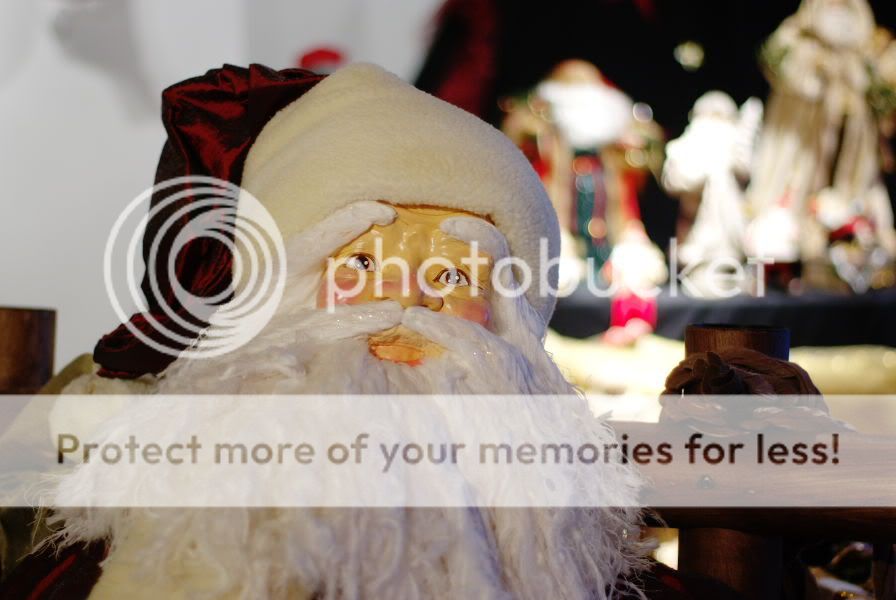 Pentax K10D + Zeiss Planar 50/1.4
Pentax K10D + Zeiss Planar 50/1.4This photo was taken at the "1000 Santa Claus Exhibition" (!) , in Óbidos - Portugal, using available tungsten light at f1.4, 1/45 sec and ISO 280. Despite the large aperture, the image is acceptably sharp and the 1/45 sec shutter speed avoided shake-induced blur. The Planar 50/1.4 is my "fastest" lens.
It is interesting to think how "fast lenses", with a minimum f-number below 2.8, were considered essential for photographing in low light conditions up to recently. But with the currently available professional/advanced amateur DSLRs equipped with large size sensors (not the case of the K10D) and excellent high ISO performance, the concept of "fast lens" may well become outdated. Low light photography is now feasible using f-numbers above 2.8, using ISO 3200 or 6400. Of course, lower f-numbers imply even more light available, but I wonder if that justifies the extra cost of the glass. Narrower depth of field may still be an argument, but we all know how painful it is to obtain proper focus at f1.4...
PS: [June 2009] A recent post by Mike Johnston at The Online Photographer, provides a very interesting discussion on the subject of "what is fast lens."
Monday, January 5, 2009
The proud few
Even though I like to state that my photos are taken with a Pentax K10D, this blog is not focused on Pentax users. The photos I present here could obviously have been obtained using other camera/lens combinations, with equivalent results. People often don't realize that a photo is much more the product of the photographer's "eye" than of the equipment used.
The reason why many of my "Interesting blogs" suggestions, on the right frame, are Pentax-related has to do, firstly, with my belief that these are actually interesting in terms of photographic work and technique and, secondly, with my humble attempt to promote the cyber-community of photographers who have chosen this "alternative" brand.
I think many Pentax DSLR users, myself included, have a secret pride in "being different" from the vast majority of photographers (amateur or otherwise) who use cameras from the "big two" brands. In a recent post on his very active and information-rich blog ("Pentax DSLRs"), Yvon Bourque showed an image he has composed and that very nicely portrays this feeling:

Click here to see Yvon's original post.
The reason why many of my "Interesting blogs" suggestions, on the right frame, are Pentax-related has to do, firstly, with my belief that these are actually interesting in terms of photographic work and technique and, secondly, with my humble attempt to promote the cyber-community of photographers who have chosen this "alternative" brand.
I think many Pentax DSLR users, myself included, have a secret pride in "being different" from the vast majority of photographers (amateur or otherwise) who use cameras from the "big two" brands. In a recent post on his very active and information-rich blog ("Pentax DSLRs"), Yvon Bourque showed an image he has composed and that very nicely portrays this feeling:

Click here to see Yvon's original post.
Sunday, January 4, 2009
Back in the old (film) times
Going through some old slide scans, from the time when the back of the cameras was just a door to load a film canister in, I found these two. They were taken in late 80's, when I was living in the Central Massachusetts area (USA). Looking at these images brings me fond memories of hikes in snow, under sub-freezing temperatures. I had an external battery pack, connected to the camera body through an electrical cord, that could be kept in an inner pocket. This way the batteries stayed warm and lasted longer during Winter outdoor excursions.
For us Portuguese people, living with snow is an "exotic" experience and I quite miss those times. On the other hand, I can't say I miss shooting film. It's not that I did not enjoy film photography at the time. On the contrary I actually took it quite seriously. I used slide film (Fuji Velvia and Provia mostly) and would bracket for exposure on most shots. To keep costs controlled, I would buy bulk film and manually load it into 36 exposure plastic canisters, locking myself in the bathroom with all lights off. Receiving the developed slides back by mail was always a moment of mixed joy and anxiety. And looking at the slides with a loupe over a light box, as uncomfortable as it might be, is something that I still find more exhilarating than looking at a computer monitor.
The problem is that digital photography has introduced so many practical features, like instantaneous preview and exposure/histogram checking. I don't think I would be able to use a film camera now, having to wait an uncertain amount of time to see the developed photos, wondering whether exposure and composition were satisfactory...
I do admire those photographers (and there are several of them) who, owning digital cameras, keep using and enjoying film cameras regularly and are still able to appreciate the subtleties of images captured on different b&w or color films. I can't avoid feeling that I'm a bit less complete as a photographer, having let myself convert totally to digital...
For us Portuguese people, living with snow is an "exotic" experience and I quite miss those times. On the other hand, I can't say I miss shooting film. It's not that I did not enjoy film photography at the time. On the contrary I actually took it quite seriously. I used slide film (Fuji Velvia and Provia mostly) and would bracket for exposure on most shots. To keep costs controlled, I would buy bulk film and manually load it into 36 exposure plastic canisters, locking myself in the bathroom with all lights off. Receiving the developed slides back by mail was always a moment of mixed joy and anxiety. And looking at the slides with a loupe over a light box, as uncomfortable as it might be, is something that I still find more exhilarating than looking at a computer monitor.
The problem is that digital photography has introduced so many practical features, like instantaneous preview and exposure/histogram checking. I don't think I would be able to use a film camera now, having to wait an uncertain amount of time to see the developed photos, wondering whether exposure and composition were satisfactory...
I do admire those photographers (and there are several of them) who, owning digital cameras, keep using and enjoying film cameras regularly and are still able to appreciate the subtleties of images captured on different b&w or color films. I can't avoid feeling that I'm a bit less complete as a photographer, having let myself convert totally to digital...
Subscribe to:
Posts (Atom)

